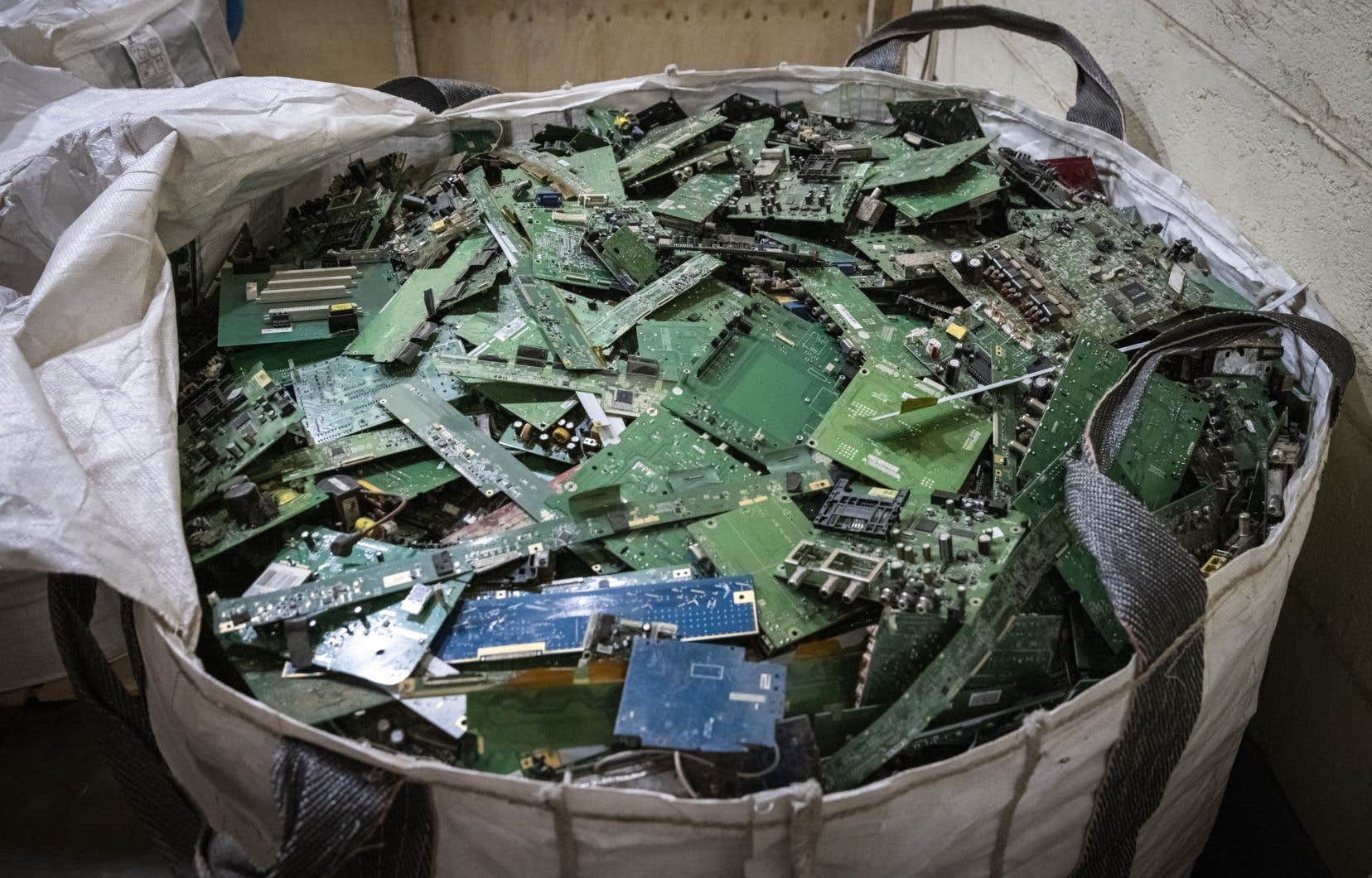This text is part of the special notebook 150 years of Polytechnique Montréal
Faced with a growing problem, Polytechnique Montréal has taken the lead by launching research avenues to promote the recycling of electronic waste and propose eco-responsible solutions to aircraft graveyards.
At a time when major airlines are working to make their fleets less polluting, a major problem remains to be resolved. That of recycling devices at the end of their life which, after 25 years of good and loyal service, generally end their journey nailed to the ground in sinister cemeteries with devastating potential for the planet. While the International Air Transport Association estimates that an average of 700 planes retire each year, the situation risks quickly spiraling out of control.
It is therefore better to look into the matter without further delay. Professor in the Department of Mathematics and Industrial Engineering at Polytechnique Montréal, Samira Keivanpour launched the CIRCLE project aimed at promoting and making sustainable the treatment of end-of-life aircraft in urban areas of Quebec. “It’s about relying on a cluster innovative to create research and business opportunities, and derive scientific, societal and environmental benefits,” confides the researcher.
Partners of choice
“Aircraft recycling poses several challenges, from decontamination of hazardous materials to the disassembly process. It takes time and manpower with very specific knowledge,” adds M.me Keivanpour, who works hand in hand with Aerocycle, one of the few companies specializing in aircraft recycling in Canada, and Safran, the second largest aeronautical equipment manufacturer in the world which works to promote more sustainable aviation.
At the same time, Polytechnique Montréal hosted the UNESCO Chair in green and sustainable electronics in order to identify solutions to reduce the damage caused by this waste, which constitutes a serious threat to biodiversity. Certain regions of the globe, such as sub-Saharan African countries, which collect a large part of the electronic waste originating from North America and Europe, are particularly faced with the problem.
Waste to be recovered
The urgency of the situation calls for improving the life cycle of electronic products, but also for turning to materials from biomass in the manufacturing process of these devices. “On the one hand, we have fewer and fewer chemical components, and on the other, we are constantly accumulating electronic waste. Between these two extremes, we must think about solutions by combining our skills and creating networks,” explains Clara Santato, professor in the Department of Engineering Physics at Polytechnique Montréal.
Responsible for the new UNESCO Chair bringing together Canadian, African and European researchers, the researcher is studying the possibility of integrating natural materials, from waste from the food and forestry industries, into the manufacture of batteries. “We have to stop talking about waste in general,” underlines Mme Santato. “It is more accurate to say that there are stages in the life of materials. And at each stage, we can find a function for these materials. »
This content was produced by the Special Publications team at Duty, relating to marketing. The writing of the Duty did not take part.
